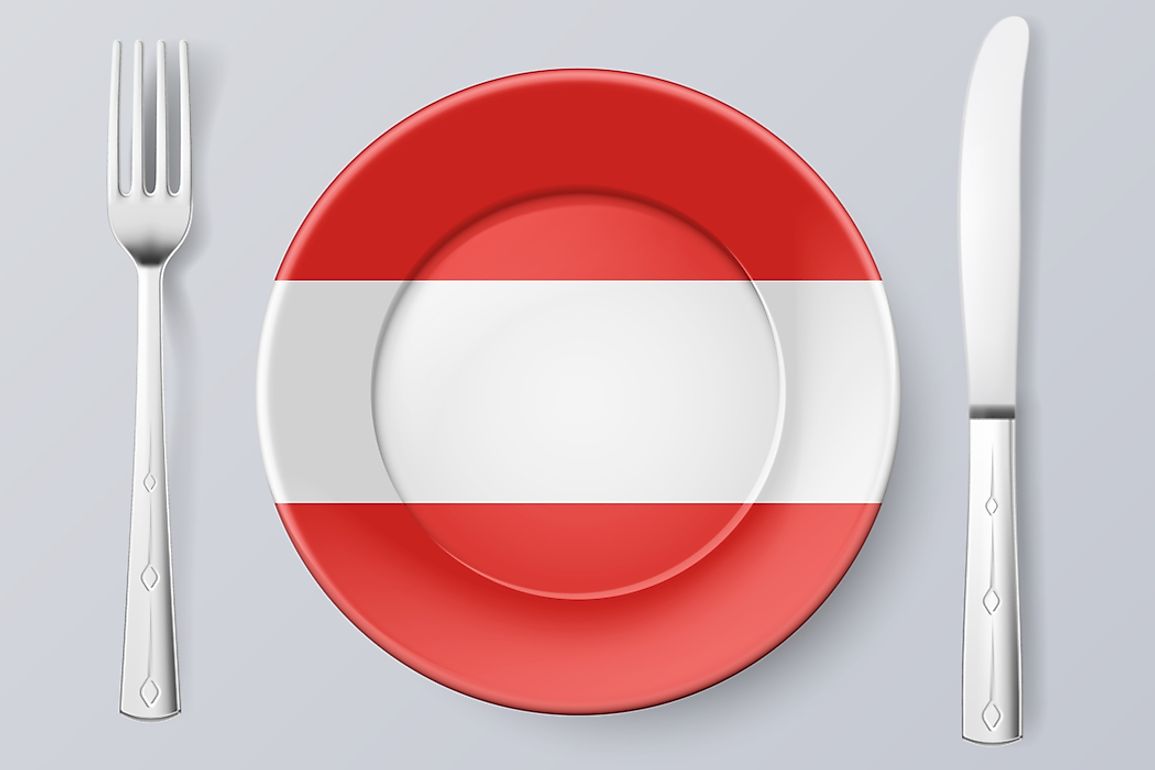Food Consumption By Country

According to daily calorie intake, Austria consumes more calories than any other country, followed by the United States. According to the Food and Agricultural Organization (FAO) Food Balance Sheets, food consumption refers to the available food for human consumption. Discrepancies on the actual quantity utilized compared to the available quantity may at times be wide giving to the high level of wastage and losses of food that do reach households at various stages such as storage, preparation, cooking, and plate-waste among others. FAO gives the average minimum daily requirement as 1800 kilocalories (7500 kilojoules). While Austria and the United States tops the chart in daily calorie intake, countries that tails concerning the average daily dietary consumption per person are Burundi and Eritrea.
Which Country Eats the Most?
According to FAO consumption index out of a total of 172 countries, most of the developed countries are at the top with most of the countries in the developing world being at the lower bottom. Austria had the highest average dietary consumption per capita of 15,900 kilojoules between 2006 and 2008, and over the same period, the US had a consumption level of 15,690 kilojoules. On the other hand, Eritrea in the same period had an average dietary consumption per capita of 6,650 kilojoules and Burundi had 7,030 kilojoules. Over the last 50 years, the per capita calorie supply across the world has been increasing steadily, but the trends have been varying in different regions. In Oceania and Europe, the supply has been almost constant for the whole 50 years, while in other regions there has been a steady increase. The most significant increase has been in Africa and Asia. The sharp increase mostly in poor regions of the world implies that in the last few decades, the trends in the world’s calories supply have been converging. Presently, the world food supply is more equal in the world than it was in the previous century, and similarly, there has been a continually decreasing inequality in most countries around the globe.
Economic Development, Food Supply, and Lifestyle
Economic development is ordinarily associated with the food supply in the country and subsequent elimination of dietary deficiency and therefore improving the overall nutritional level in the country. Besides, it also brings qualitative change in the production, distribution, processing, and marketing of food. The increased urbanization has had a massive impact on dietary lifestyle and patterns of individuals and not all are positive. Change in pattern of work, diet, and leisure has always been referred to as nutritional transition, and they contribute significantly to emerging non-communicable diseases in all countries including the poor and developing nations. Besides, the rates of change in these patterns are accelerating particularly among the low income and middle-income nations.The change in dietary patterns which has characterized nutritional transition has involved both qualitative and quantitative change in diets. The adverse change in dietary patterns includes a shift towards high energy density with a significant role of added sugars and fats, high consumption of saturated fats, primary from animal sources. On the other hand, there has been a reduction in consumption dietary fiber and complex carbohydrates, reduction in consumption of fruit and vegetables. These changes in dietary and consumption patterns have been compounded lifestyle changes, which include reduced in physical activity during work and leisure time.
Factors Determining Dietary Patterns
Diet in many countries across the world has evolved over time, and they are influenced by a myriad of factors and intricate interactions including cultural traditions, income, individual preference and beliefs, prices, social, geographical, economic, and environmental factors. All these factors among others interact complexly and intricately to shape dietary patterns of different people. According to the FAO, the average per capita of macronutrients from diets such as protein, energy, and fats can be derived from all food commodities. However, such averages obtained from national data may not correspond directly with the actual per capita availability, which relies on a host of other factors like the inequality to access food.
Which Country Eats the Most?
| Rank | Country | Average Daily Intake Per Capita (Kilocalories) |
|---|---|---|
| 1 | Austria | 3800 |
| 2 | United States | 3750 |
| 3 | Greece | 3710 |
| 4 | Belgium | 3690 |
| 5 | Luxembourg | 3680 |
| 6 | Italy | 3650 |
| 7 | Malta | 3600 |
| 8 | Ireland | 3590 |
| 9 | Portugal | 3580 |
| 10 | Germany | 3540 |
| 11 | Canada | 3530 |
| 12 | France | 3530 |
| 13 | Israel | 3530 |
| 14 | Turkey | 3500 |
| 15 | Romania | 3490 |











